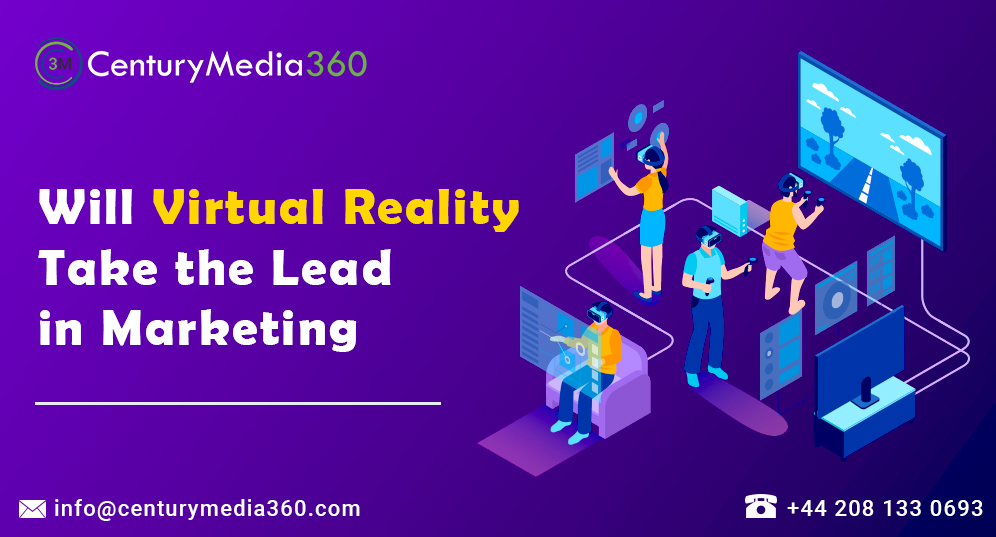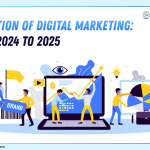Will Virtual Reality Take the Lead in Marketing

Virtual Reality may shape the future of digital markets as technology continues to grow rapidly. Moreover, digital marketing expands as businesses integrate Virtual Reality to boost customer engagement and interaction. So, what is Virtual Reality? Let’s explore this exciting and immersive technology together. It creates a lifelike world, allowing users to experience subjects more engagingly. Additionally, users control the environment and adjust it based on their personal needs and preferences. It uses sensors, displays, and motion tracking to build realistic and interactive experiences. In marketing, this technology improves user experience and helps brands reach their audience more effectively.
Now, let’s dive deeper and discover how Virtual Reality can lead future digital innovations.
Captivating Experiences
To ensure potential customers stay with your brand through thick and thin, you must ensure they have a chance to get a closer view of your brand and its work ethic. To ease your workload of processing immersive experiences, Virtual Reality is a service. Through the technology, you can easily craft a virtual brand environment that drives potential customers to your brand specialties, thereby creating an emotional connection with them.
Gaining Better Conversion Rates
Engagement is considered a prime factor in attaining desired conversion rates. However, attaining engagement of your target audiences’ has been made easier than ever through Virtual Reality technology. You can create videos that portray products, and services from 3600 angles and channels an opportunity for the customers to have a realistic vision leading to increased conversion rates and revenue.
An Alternative to In-Person Conversation
Customers are reluctant to talk about their queries directly to the sales representative leading to confusion, loss of potential customers, and fall of brand reputation. They feel safer interacting with the robots than with human representatives. Virtual Reality takes the prize here as it is super efficient in incarnating 3D avatars who function similarly to humans.
Experimentation Before Purchases
Virtual Reality allows customers to test out products virtually before deciding to purchase. This helps customers to gain a realistic view of the products and whether the benefits are in any way serving their necessities. In this entire process, brands gain potential customers and build authority in the market.
Product Training
Some products are encrypted with a steep learning curve and customers need to invest adequate time to learn the usage. However, Virtual Reality technology helps customers receive proper visual training on the products, easing their learning process and saving them valuable time.
Conclusion
In a dynamic digital era, it is hard to predict whether Virtual Reality has the potential to rule the future market. However, certain prominent features are undoubtedly placing the technology at the forefront of advancement. The technology has proved to be a game changer for marketers in overcoming their shortcomings and building their brand authority among the targeted customers.






